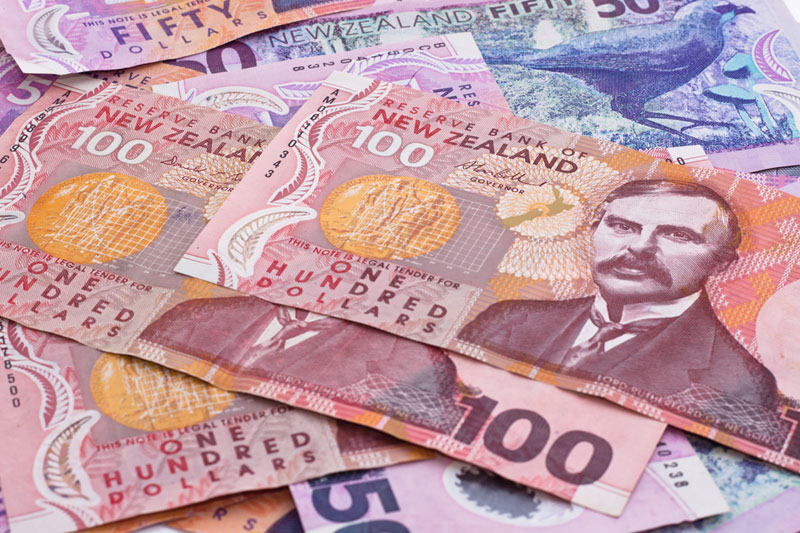(Repeats story first sent late Tuesday; no changes to text)
By Ian Chua
WELLINGTON, Oct 27 (Reuters) - The New Zealand dollar has surged nearly 10 percent in the past month alone, adding to the drag on an economy battling weak commodities and slack demand from China and keeping the heat on the central bank to lower interest rates further still.
While the Reserve Bank of New Zealand (RBNZ) is widely expected to pause this month after three rapid-fire cuts in interest rates, pressure is already mounting for the central bank to deliver more easings. urn:newsml:reuters.com:*:nL3N12Q5T1
The Federal Reserve is baulking at even taking a baby-step towards normalising U.S. monetary policy, the European Central Bank has all but promised an expansion of its stimulus program and the Bank of Japan is also expected to do more.
As a result, the dollar, euro and yen have come under renewed pressure. Against this backdrop, just the whiff of a steady policy outcome at this month's policy review was enough to help the kiwi roar back from a four-year trough =NZD , as investors facing diminishing returns elsewhere target New Zealand's still-attractive yields.
The trade-weighted currency index climbed as far as 73.56 =NZD last week, having jumped 8 percent from late September to be well above the central bank's own projection of 67.9 for the fourth quarter.
"The flightless bird has found its wings again," said Sean Kean of Triple T Consulting.
"The question that many in the market are now asking is at what level the benefits start to unwind as the New Zealand dollar continues to rally off its recent lows," Kean wrote in a recent report prepared for Credit Suisse (VX:CSGN).
Sustained currency strength is the last thing the economy needs as it battles a slowdown in major trading partner China and sharply lower prices for dairy - which along with tourism is the country's top two export earners. Add to that, inflation is also running well below the central bank's target band.
"The RBNZ appears to be pinning a lot of hope on the U.S. Federal Reserve pulling the NZD/USD down," said Nick Tuffley, chief economist at ASB.
Nearly all economists polled by Reuters expect the RBNZ will have to cut the official cash rate to 2.5 percent by December. Economists at Westpac suspect the OCR will have to fall as low as 2.0 percent to return inflation to 2 percent on a sustained basis. urn:newsml:reuters.com:*:nL3N12N1LV
The super loose monetary policies of major central banks have seen many global bonds offer next to no yields, or worse still, negative yields. German two-year bonds DE2YT=RR , for instance, offer a negative 0.3 percent yield.
That makes New Zealand bonds very attractive by comparison. The two-year bonds NZYT=RR yield 2.5 percent, while the 10-year NZ10YT=RR offer 3.4 percent - even though they are historically very low.
That is a support for the currency that only a rate cut and threats of more to come can help suppress.
"If (the RBNZ) chooses to keep the OCR on hold it can hardly complain if markets were to start doubting whether the RBNZ will cut again at all and push the NZD up even further," ASB's Tuffley said.
